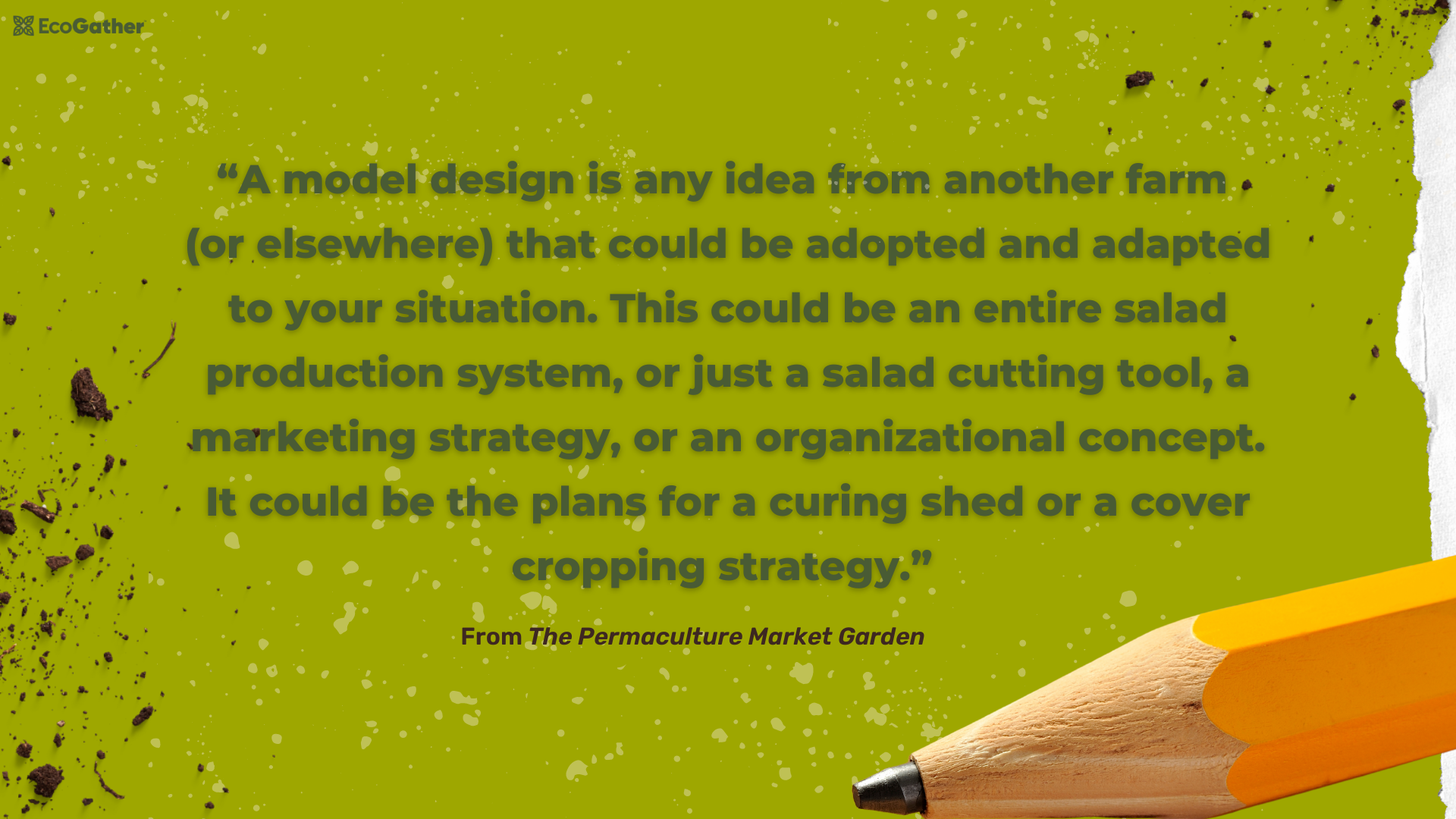Exploration

When we start to see our farms as systems, we start to make the connection between the viability of our businesses, the thriving of our environments, and the livelihoods of ourselves and our communities. Using the lens of agroecology, and by extension the lens of systems, can help us plan for success in all of these realms. This means we need to first ask, ‘what are systems?’

Nayla Bezares: Designing Farms as Systems
Next, watch this brief video that shows the importance of managing by design and of designing solutions that consider entire systems:
Systems Thinking: A Cautionary Tale
Seeing Farms as Ecosystems
Ecology is the science that is in charge of studying ecosystems and the relationships of living beings with their environment, including the biotic and abiotic parts, with which they exchange materials and energy. From the point of view of ecology, the ecosystem is the basic unit of study (Kolmans & Vásquez, 1996).
The agroecosystem is an ecosystem modified by human action, which has one or more populations of agricultural utility. Its main components are crops, animals, soil, climate, spontaneous vegetation and flora, microorganisms, and people who determine its structure and operation.
In conventional agriculture today, farmers simplify the structure of ecosystems over large areas, substituting natural diversity for a reduced number of plant varieties and farm animal breeds, and trying to standardize environmental conditions. The end result is an artificial ecosystem that requires high inputs and high human intervention (Altieri, 1995). This alteration of the natural ecosystems makes the agroecosystems very different from the original ecosystems; however, agroecosystems also maintain the processes and structure of a natural ecosystem (Gliessman, 2002). Although agriculture is an artificial activity, this does not mean that it should be incompatible with nature. Artificiality must be based on a production model and adequate use of resources. The art of successful agriculture, as history shows through the centuries, has been to maintain the ecosystem in an intense state of production, without exhausting it (Kolmans & Vásquez, 1996). For more information about the “ecology” portion of agroecology, review the Ecology Essentials for Everyone” course. For our purposes here, what matters most is that we start to see our environments as systems.
What are the design principles that need to be implemented in the design process?
Let’s dive into some of the concepts of design, as presented in “The Permaculture Market Garden”. This reading is conceptual, but it helps demonstrate why design is important in multiple elements of business planning, and especially in agricultural systems.
Zach Loeks (2016): The Permaculture Market Garden, p. 137-155; p. 156-166.
Intentionality and deliberate planning are essential parts of a successful agricultural project–particularly within the context of agroecology. Agroecological design is an approach to managing natural resources that incorporates collective social actions of participatory nature, allowing the design of sustainable agricultural systems that point to the root of the ecological and social crisis of our communities.
We can draw from “diagnostics and design” methodology to understand the underlying design principles. In agroforestry systems, for example, which refer to the practice of integrating trees and shrubs into plant and animal cultivation projects, sometimes introducing plants and animals into existing forest environments, their long lifespans mean that diagnostic and design methodology is particularly relevant. The methodology intentionally considers the lifespan of tree varieties that may be introduced in a field in order to maximize productivity and approach the goals of the planned system. The methodology includes four phases:
- Characterization of the site: in this phase, we document and analyze the site geography, soil quality, water availability, weather patterns, previous land uses, other physical characteristics of the site, and characteristics of surrounding areas.
- Diagnostic: In this second phase, we are looking to interpret the health and state of the site in terms of soil health, fertility, and overall degradation and health. At this stage, we are considering ecological restoration and agriculture together and identifying remediative approaches to address any deficiencies that may affect the agricultural system long term.
- Prospective planning: At this stage, we are bringing together the information we collected in the previous stages to identify which crops would be better suited for the site, their adequacy in terms of local biodiversity, relying on the collective knowledge of the community and your economic objectives for the project.
- Design: At this stage, we are specifying all of the details related to the implementation of the planning stage. This includes distance between plants, specific varieties that will be planted in each plot, and other logistical details.
We have developed the following application section to guide you in practicing and implementing these principles as you design your agricultural project. We’ve included tutorial videos outlining different parts of the process as well as a workbook where you can walk through the stages for yourself. You’ll also have the chance to share your results with others in the comments and reflect on the process.
